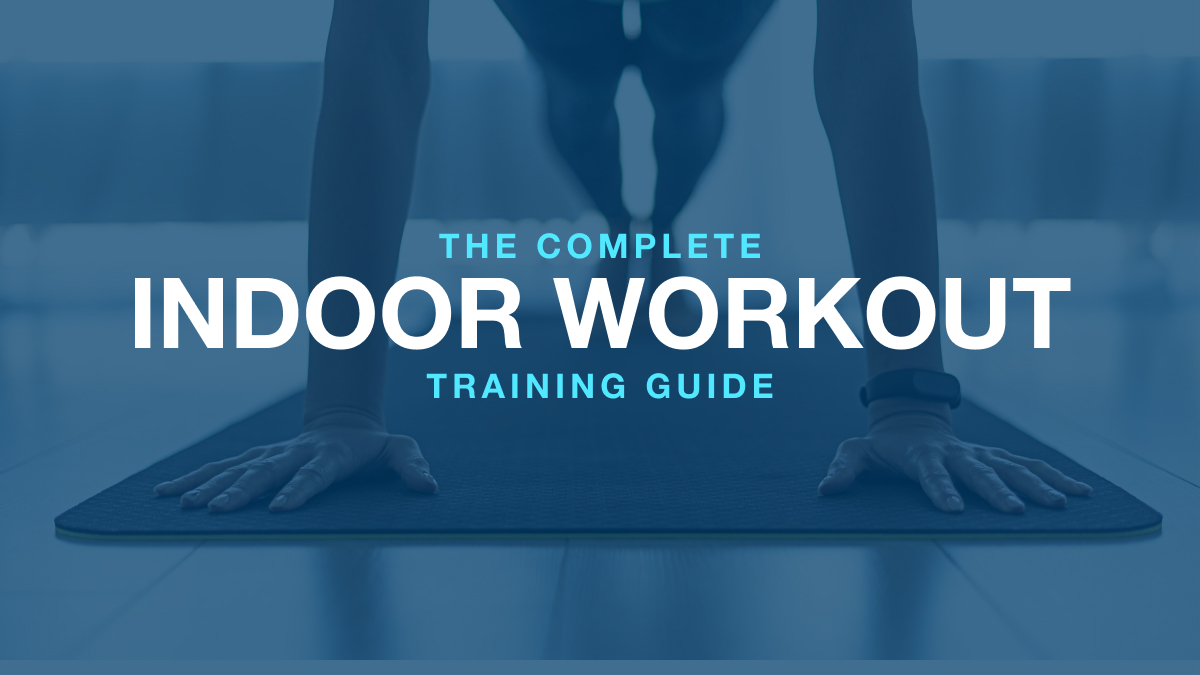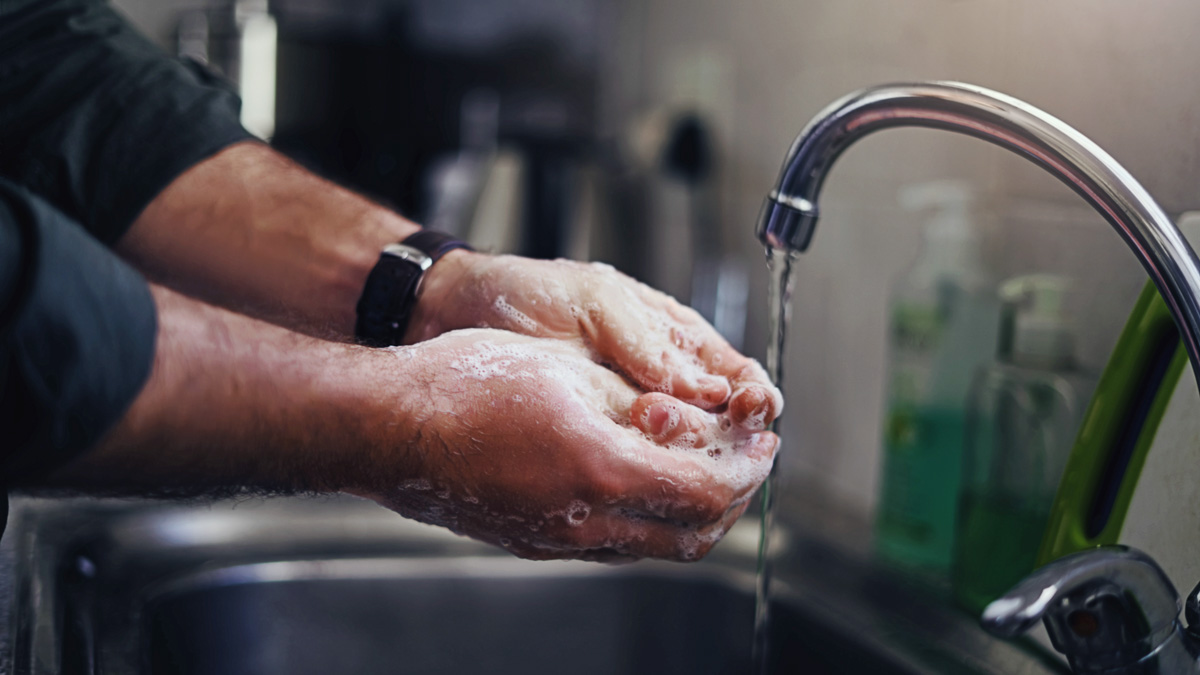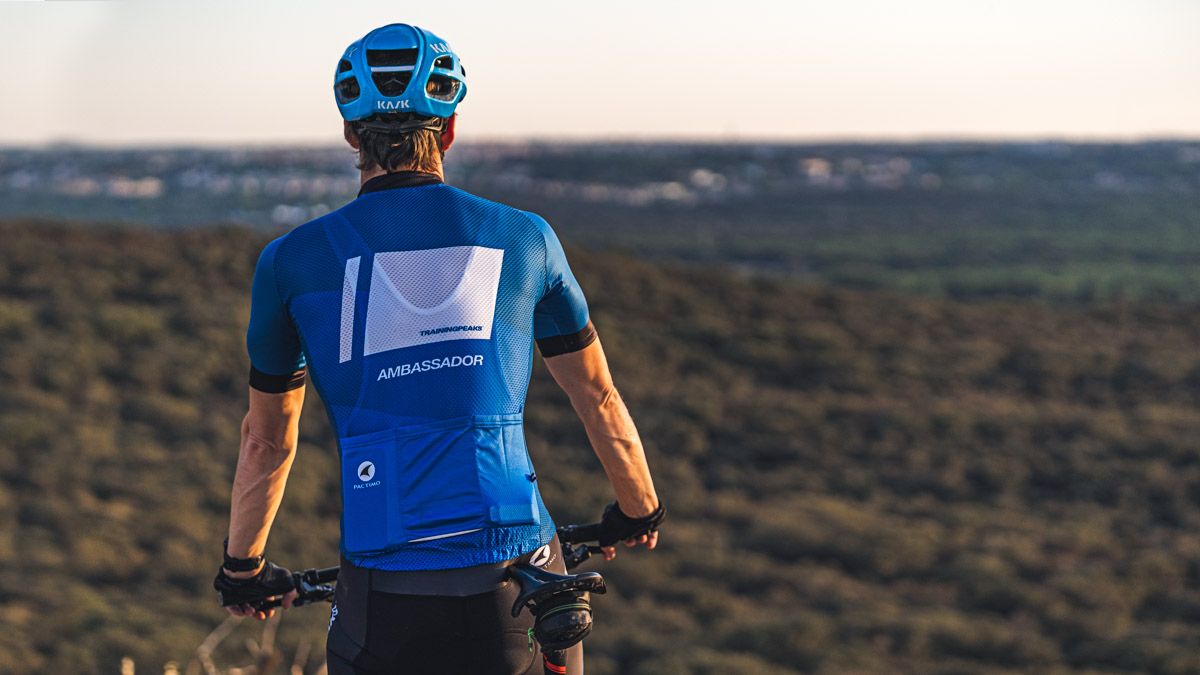As an athlete, what do you do when you get COVID-19? As I prepared myself and the athletes I coach for the pandemic weeks ago, I had no idea that I would personally experience symptoms of the dreaded virus. While the guidelines for testing in my state prevented me from knowing for sure if I’d contracted COVID-19, (the reality for most who will experience this illness) my symptoms were consistent with the virus, and the health professionals around me treated my symptoms as though I was positive.
I can say with absolute certainty that this was the most powerful lower respiratory illness of my lifetime; there were scary moments. However, I did make a full recovery, and gained some interesting insights along the way, thanks to routine tracking of my fitness and recovery metrics. While symptoms and severity vary widely among those affected, I hope to eliminate some of the uncertainty surrounding this illness by sharing my personal experience.
Preparing for Quarantine
Because I was traveling internationally in the early spring (when we first began to hear about the virus), my preparations began early. Long before lockdown, I stockpiled supplies. I also modified training plans for myself and my athletes before race cancellations began, switching everyone from “performance” to “maintenance.”
Though the details varied per athlete’s capability, in general, “maintenance” meant that each week included two moderate workouts interspersed with active recovery days. Being well-trained cannot stop one from getting the virus, so avoiding any immune system compromise due to training exhaustion was my main coaching objective.
As a community, we were gutted by cancellations and stressed by a new restricted reality. Fortunately, as training focus became less physiological, we could shift our focus to the psychological. Each athlete was directed to set satisfying, “feel-good” workout goals that we couldn’t ordinarily target within the structured plan. These helped us stay focused and positive as the uncertainty built.
Taper of a Lifetime
I had come into early spring with robust Fitness, increasing CTL, and eagerness to compete, so the big shift back to “maintenance” acted like a classic taper, producing personal bests in TTE, mFTP, specific MMPs; as well as a new record on my test course. In blissful ignorance about what was coming to me personally, I was reaching a new physiological level! I had no idea that COVID-19 itself would become my peak event.
It was during this period that I found my routinely-tracked recovery metrics to be critically predictive. During the first two-week Maintenance period, when my training load was decreasing, my Resting Heart Rate (RHR) increased, while my Heart Rate Variability (HRV) decreased—the opposite of what I’d expect with rest. I figured these adverse readings were due to the stress of life adjustment to COVID19. To cope, I aimed for outstanding sleep scores and took additional active recovery days. I also started applying mental skills training and daily spiritual practices, which I had fortunately put in place for performance long ago.
Symptoms
After two days of easy training and emotional processing, my recovery scores improved, but on the evening of the second recovery day, there was a rise in my core temperature that manifested as a “drifty” feeling. This was not like a headache or when you’ve raced your guts out; this was fog from fever. The next morning, my recovery scores again dropped abnormally. By evening, the tickle of a dry cough appeared. I didn’t feel especially sick yet, but the virus was upon me.
The next day, I experienced acute chest pain, body aches, mild chills, and increasing cough. My HRV tanked to an all-time low and RHR rose 10 beats. My Resting Respiratory Rate (RRR), usually a very stable factor, rose two points for the first time ever. The diagnosis: COVID19 symptoms/respiratory illness. In the absence of proper testing, my doctors advised me to drink liquids, rest, and use Tylenol and cough medicine.
The third day was the worst. The cough was violent, straining the little muscles between my ribs, and at times causing me to gasp. It felt like my lungs were under siege. I learned that mucus protects the alveoli, which are especially vulnerable to this virus. I was advised to control inflammation, monitor the mucus, quietly move around and breathe forcefully. This limited protocol became my new training plan.
Beating Illness
The symptoms plateaued for a few miserable days. There were dramatic rises in my respiratory rate (three points), and RHR (25 points.) My recovery scores and HRV improved, which meant my body was recovering, but my heart was still working overtime to pump enough oxygen from my battling lungs. Eventually, my lungs started winning, and my spirits and energy rose. Seven days in, the only symptom remaining was a decreasing but persistent cough.
At this point, I was cleared to resume low-level exercise. Since movement was improving my lung health, riding was cautiously reintroduced. After eight more days, my cough fully disappeared. If COVID19 was my Spring Peak event, the prize is breathing deeply!
This virus has proven unpredictable and tenacious for many sufferers, so I feel both fortunate and grateful to get back to that delicious aerobic exercise we all love. In these strange times, my hope is that this story of recovery will bolster your spirits and reduce some of the uncertainty around this sickness. And if you’re not already tracking your recovery metrics, maybe now is the time to start!









